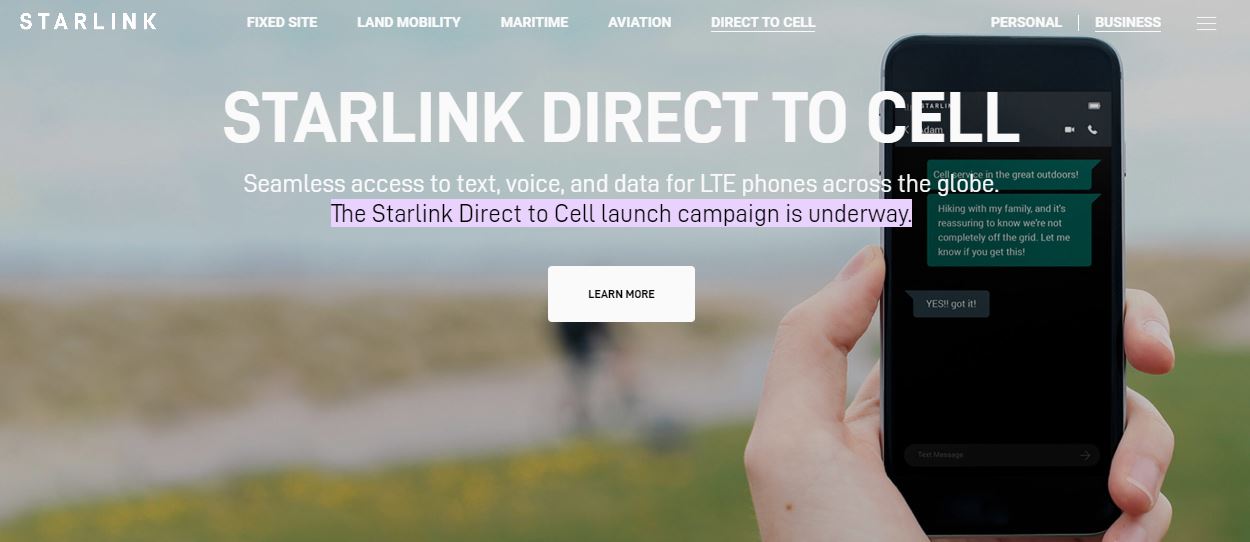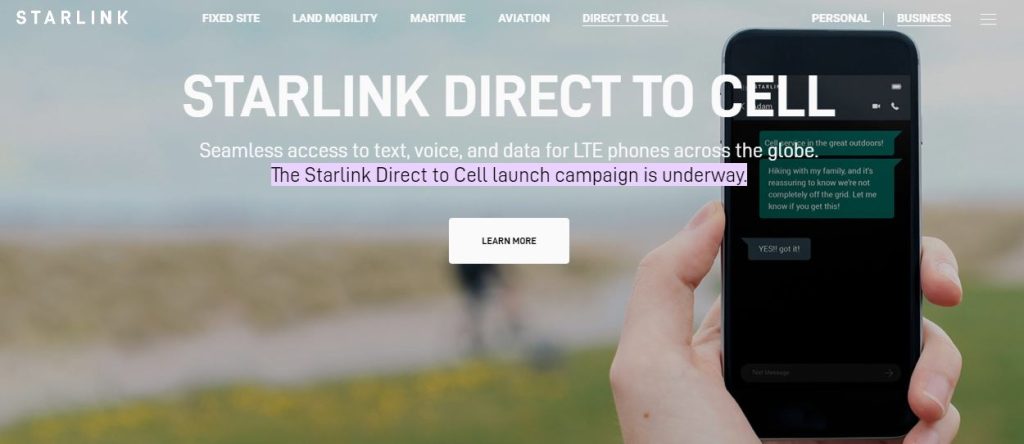Physical Address
60 Ekwema Cres, Layout 460281, Imo
Physical Address
60 Ekwema Cres, Layout 460281, Imo

Starlink Satellite Internet Phones: Starlink, the Space X-owned satellite internet service with over 2 million customers in more than 60 countries, is bringing the service directly to mobile phones.
It will enable uninterrupted access to texting, calling, and browsing wherever you may be on land, lakes, or coastal waters. Direct to Cell will also connect IoT devices with common LTE standards.
Read Also – MTN Group Appoints New Group Executive for Regulatory Matters, Mike Silber
Starlink Direct to Cell is SpaceX’s planned cell service. It can also be called Starlink Mobile (not to be confused with Starlink Roam or Starlink Mobile service data). However, the service is not yet available.

Note that this service will be based on 4G LTE, not 5G. That means speeds will be limited; 5G is potentially faster than Starlink’s satellite internet, whereas 4G LTE is not. However, do not fret; it’ll work with nearly every modern phone.
According to the company, the upcoming “Direct to Cell” service will require no changes to hardware, firmware, or special apps providing seamless access to text, voice, and data. Also, experts expect direct-to-cell technology to outpace broadband satellite technology.
In its initial stages, the service will be limited to text services in 2024, with voice and data functionalities scheduled for 2025. It will also support IoT devices, expanding its range of capabilities.
Starlink highlights that its satellites with direct-to-cell capability have an advanced eNodeB modem onboard, similar to a cellphone tower in space, and the network integration is akin to a standard roaming partner.
Also Read: Botswana Grants Operating License to Starlink
However, the service is likely to be relatively slow by terrestrial standards, with speeds estimated at between two and four megabits per second, but its true advantage will be in the breadth of coverage, potentially helping the service expand its reach and increase its user base from the current 2 million to tens of millions.
Starlink expansion in Africa is accompanied by the intensification of the direct-to-cell feature.
This infrastructure will prove to be a notable rival to the satellite connectivity rivals in the region. It aims to address this issue by providing high-speed Internet connectivity, even to the most remote areas.